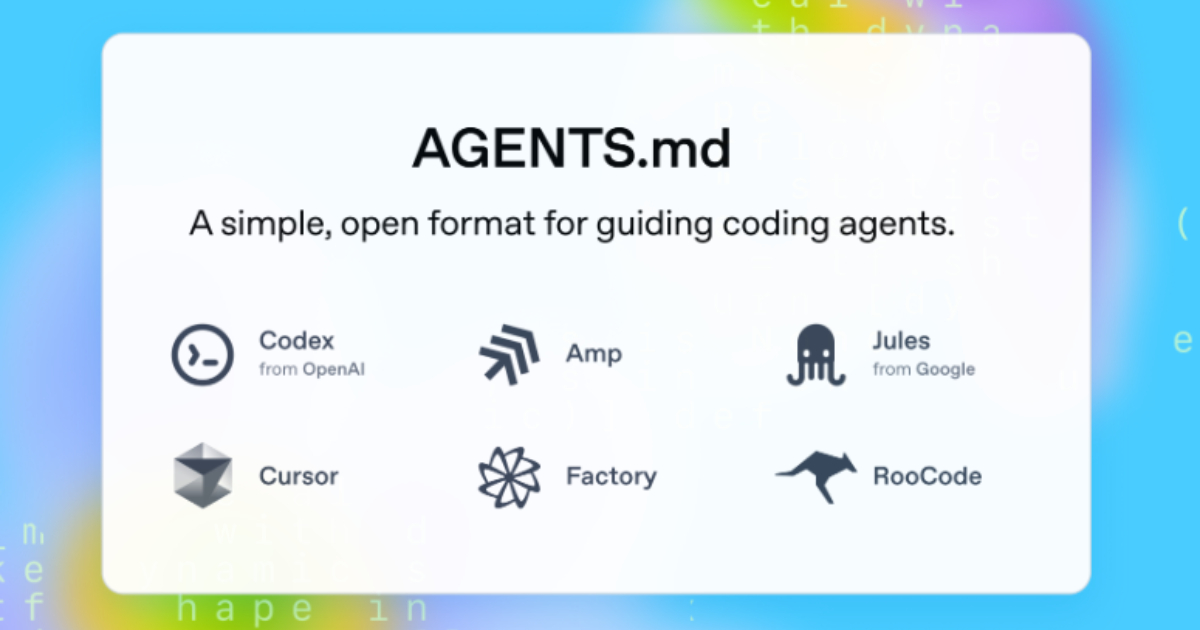Anthropic on Wednesday revealed that it disrupted a sophisticated operation that weaponized its artificial intelligence (AI)-powered chatbot Claude to conduct large-scale theft and extortion of personal data in July 2025.
“The actor targeted at least 17 distinct organizations, including in healthcare, the emergency services, and government, and religious institutions,” the company said. “Rather than encrypt the stolen information with traditional ransomware, the actor threatened to expose the data publicly in order to attempt to extort victims into paying ransoms that sometimes exceeded $500,000.”
“The actor employed Claude Code on Kali Linux as a comprehensive attack platform, embedding operational instructions in a CLAUDE.md file that provided persistent context for every interaction.”
The unknown threat actor is said to have used AI to an “unprecedented degree,” using Claude Code, Anthropic’s agentic coding tool, to automate various phases of the attack cycle, including reconnaissance, credential harvesting, and network penetration.
The reconnaissance efforts involved scanning thousands of VPN endpoints to flag susceptible systems, using them to obtain initial access and following up with user enumeration and network discovery steps to extract credentials and set up persistence on the hosts.
Furthermore, the attacker used Claude Code to craft bespoke versions of the Chisel tunneling utility to sidestep detection efforts, and disguise malicious executables as legitimate Microsoft tools – an indication of how AI tools are being used to assist with malware development with defense evasion capabilities.

The activity, codenamed GTG-2002, is notable for employing Claude to make “tactical and strategic decisions” on its own and allowing it to decide which data needs to be exfiltrated from victim networks and craft targeted extortion demands by analyzing the financial data to determine an appropriate ransom amount ranging from $75,000 to $500,000 in Bitcoin.
Claude Code, per Anthropic, was also put to use to organize stolen data for monetization purposes, pulling out thousands of individual records, including personal identifiers, addresses, financial information, and medical records from multiple victims. Subsequently, the tool was employed to create customized ransom notes and multi-tiered extortion strategies based on exfiltrated data analysis.
“Agentic AI tools are now being used to provide both technical advice and active operational support for attacks that would otherwise have required a team of operators,” Anthropic said. “This makes defense and enforcement increasingly difficult, since these tools can adapt to defensive measures, like malware detection systems, in real-time.”
To mitigate such “vibe hacking” threats from occurring in the future, the company said it developed a custom classifier to screen for similar behavior and shared technical indicators with “key partners.”
Other documented misuses of Claude are listed below –
- Use of Claude by North Korean operatives related to the fraudulent remote IT worker scheme in order to create elaborate fictitious personas with persuasive professional backgrounds and project histories, technical and coding assessments during the application process, and assist with their day-to-day work once hired
- Use of Claude by a U.K.-based cybercriminal, codenamed GTG-5004, to develop, market, and distribute several variants of ransomware with advanced evasion capabilities, encryption, and anti-recovery mechanisms, which were then sold on darknet forums such as Dread, CryptBB, and Nulled to other threat actors for $400 to $1,200
- Use of Claude by a Chinese threat actor to enhance cyber operations targeting Vietnamese critical infrastructure, including telecommunications providers, government databases, and agricultural management systems, over the course of a 9-month campaign
- Use of Claude by a Russian-speaking developer to create malware with advanced evasion capabilities
- Use of Model Context Protocol (MCP) and Claude by a threat actor operating on the xss[.]is cybercrime forum with the goal of analyzing stealer logs and build detailed victim profiles
- Use of Claude Code by a Spanish-speaking actor to maintain and improve an invite-only web service geared towards validating and reselling stolen credit cards at scale
- Use of Claude as part of a Telegram bot that offers multimodal AI tools to support romance scam operations, advertising the chatbot as a “high EQ model”
- Use of Claude by an unknown actor to launch an operational synthetic identity service that rotates between three card validation services, aka “card checkers”

The company also said it foiled attempts made by North Korean threat actors linked to the Contagious Interview campaign to create accounts on the platform to enhance their malware toolset, create phishing lures, and generate npm packages, effectively blocking them from issuing any prompts.
The case studies add to growing evidence that AI systems, despite the various guardrails baked into them, are being abused to facilitate sophisticated schemes at speed and at scale.

“Criminals with few technical skills are using AI to conduct complex operations, such as developing ransomware, that would previously have required years of training,” Anthropic’s Alex Moix, Ken Lebedev, and Jacob Klein said, calling out AI’s ability to lower the barriers to cybercrime.
“Cybercriminals and fraudsters have embedded AI throughout all stages of their operations. This includes profiling victims, analyzing stolen data, stealing credit card information, and creating false identities allowing fraud operations to expand their reach to more potential targets.”








